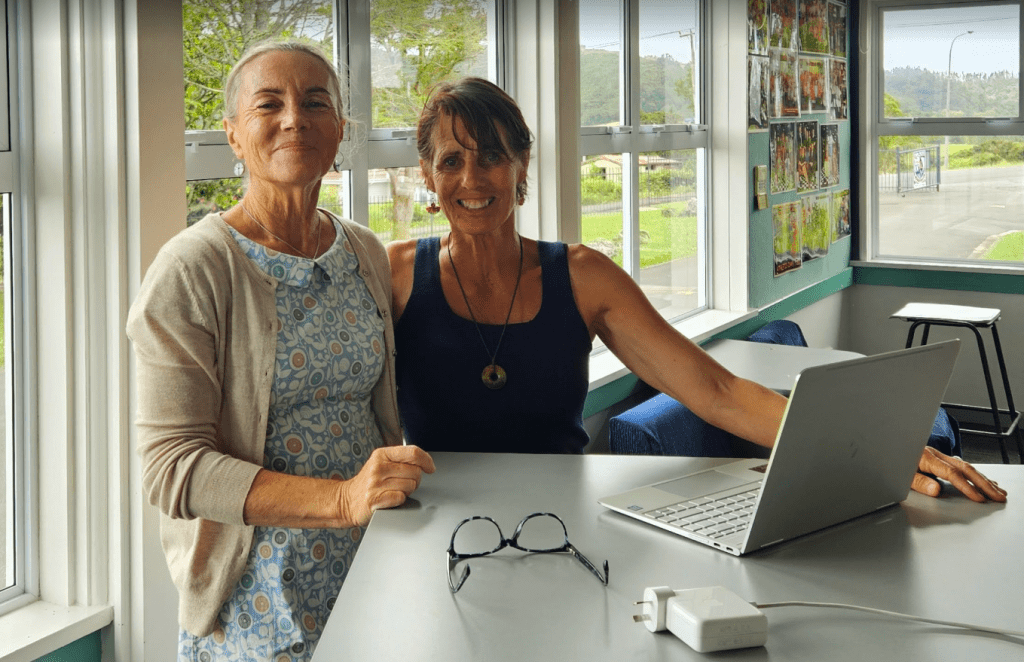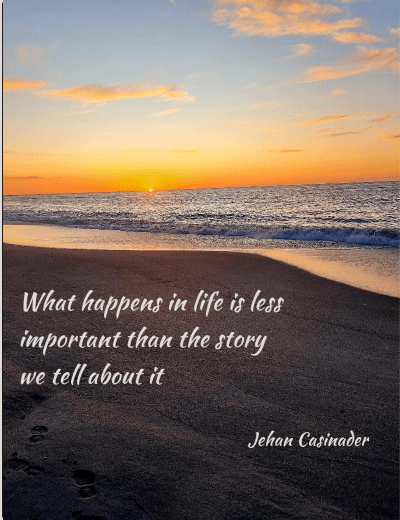Over the past few years, I’ve seen a quiet but powerful transformation happening in our classrooms. As teachers, we’re no longer just delivering content — we’re designing learning experiences. The shift to digital classrooms has made this change both possible and necessary.
In a connected learning environment, our role has evolved. We’re curators, coaches, and creative partners in our students’ learning journeys. Instead of standing at the front of the room explaining, we’re building spaces — often online — where students can explore, create, and share their thinking in authentic ways.
This shift doesn’t happen overnight. It grows through small, intentional changes: designing a collaborative document instead of a worksheet, creating a shared class blog, or using digital tools to give students a real audience for their work. Over time, these practices reshape how students see themselves as learners — and how we see ourselves as teachers.
In my work across secondary schools, I’ve seen the power of digital learning to remove barriers. Students who might once have been quiet in class find their voice through blogging or creative digital storytelling. Teachers discover new ways to provide feedback and see learning unfold in real time. And perhaps most importantly, schools are becoming places where creativity and collaboration sit alongside curriculum and assessment.
Designing learning in a digital space doesn’t mean relying on technology for its own sake. It means being intentional about the choices we make, using digital tools to deepen engagement, amplify student voice, and connect learning to the world beyond the classroom.
 An introduction to yourself and quick links from the homepage makes for a great landing page. Ideally, your homepage is an ever-changing space that shows what is currently being taught, and relevant notices.
An introduction to yourself and quick links from the homepage makes for a great landing page. Ideally, your homepage is an ever-changing space that shows what is currently being taught, and relevant notices.


